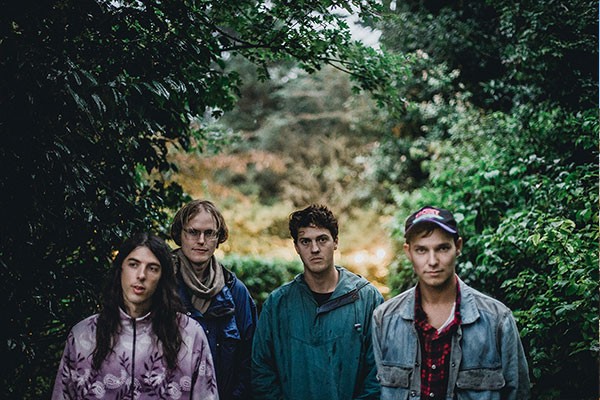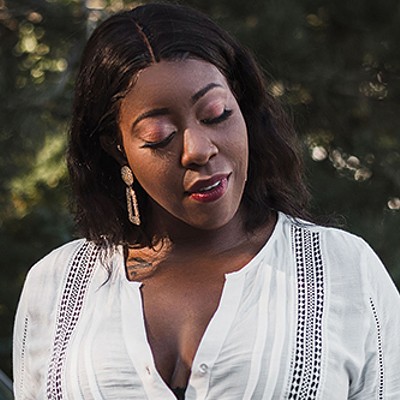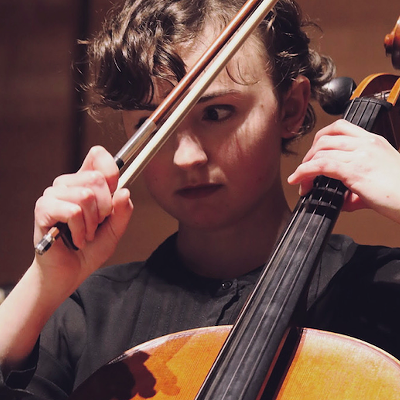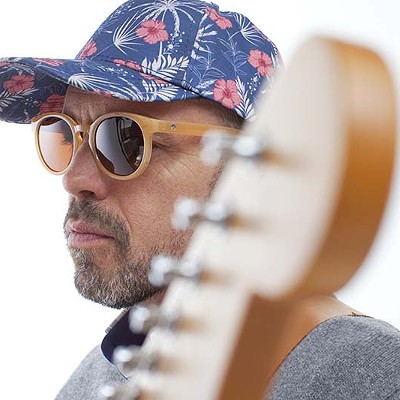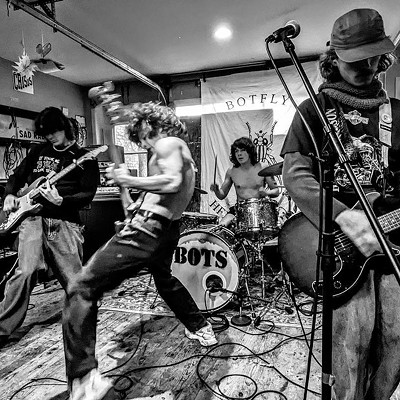Nap Eyes w/Surveillance & MTCHCRFT
Thursday, August 9, 8pm
The Seahorse, 2037 Gottingen Street,
$10
Near the end of "Roses," the rollicking centrepiece of Nap Eyes' dense third album I'm Bad Now, Nigel Chapman offers one of his most surprisingly simple lyrics. Earlier, he remarks that "people look for their reflections everywhere/in everyone"—something that resonates equally on the levels of human connection and music listening. But as the song reaches its climax, Chapman forgoes an opportunity for speculation and instead accepts this unknown for what it is: "Whatever you see," he sings, "it's OK by me." In other words: Bring what you will to this music, come as you are, there's room for you here.
It's a lovely sentiment on its own, and one that feels especially surprising in the middle of an album about self-reflection and the difficulty of finding meaning in the world. Nap Eyes (Chapman, Josh Salter, Brad Loughead and Seamus Dalton) has built a following in Halifax and beyond by crafting jangly indie rock that weaves around the corners of Chapman's mind. But as the band approaches its next hometown gig, Thursday at the Seahorse, Chapman's been thinking more about how his music might resonate on the other side of a microphone or record player.
While it's clear he's thought a lot about what it means to be human and what role music-making can play in both the act of connection and the process of self-discovery, he resists easy answers to any of these big questions. In the same sentence, he'll caution against "projecting your present self onto your past self" and call his songs "concrete, visible sound objects" that emanate "from the unconscious mind," sharing dense thoughts in a way that feels egoless and driven by pure curiosity.
At the heart of both his music and his reflections, however, there's a remarkably simple project: To gain a better understanding of how the world works. "Everyone else is a kind of mysterious and unknown human being, so it's difficult for me to have an idea of how things might affect people," he says. "But these things are a reflection of your inner life or your subjective world, and I think that because of that...some of the themes that come out are constant and fundamental enough that we can sort of always relate to them."
He admits the themes he references—anxiety, self-doubt, discovery—can sometimes be lonely subjects to unpack. But he's used to working alone—Chapman, who has an experimental science background and worked as a biochemist at Dalhousie, has always looked for opportunities to connect smaller moments of understanding to a larger whole. "This kind of [scientific] work, it does have parallels with music as well. The object of science, for example, in a research lab is trying to figure out the natural world around you, what's going on outside. And to an extent, creating art or looking into yourself and trying to bring out an aesthetic idea is a pretty subjective science."
And it's important for Chapman that his work still maintains this element of beauty—whether it's a bouncing bassline or a particularly tuneful guitar part, there's a pleasure to be found in Nap Eyes' music beyond the heady introspection of its lyrics.
"There's a little bit more colour and aesthetics [in music] than you might get in something like a pure, spiritual meditation or zen approach to clear, basic awareness," he says. "You just get to make a pretty picture or you get to just appreciate when something works out well—the cadence of a rhyme, something that you can appreciate aesthetically. And isn't that, in a way, what's so great about art."

